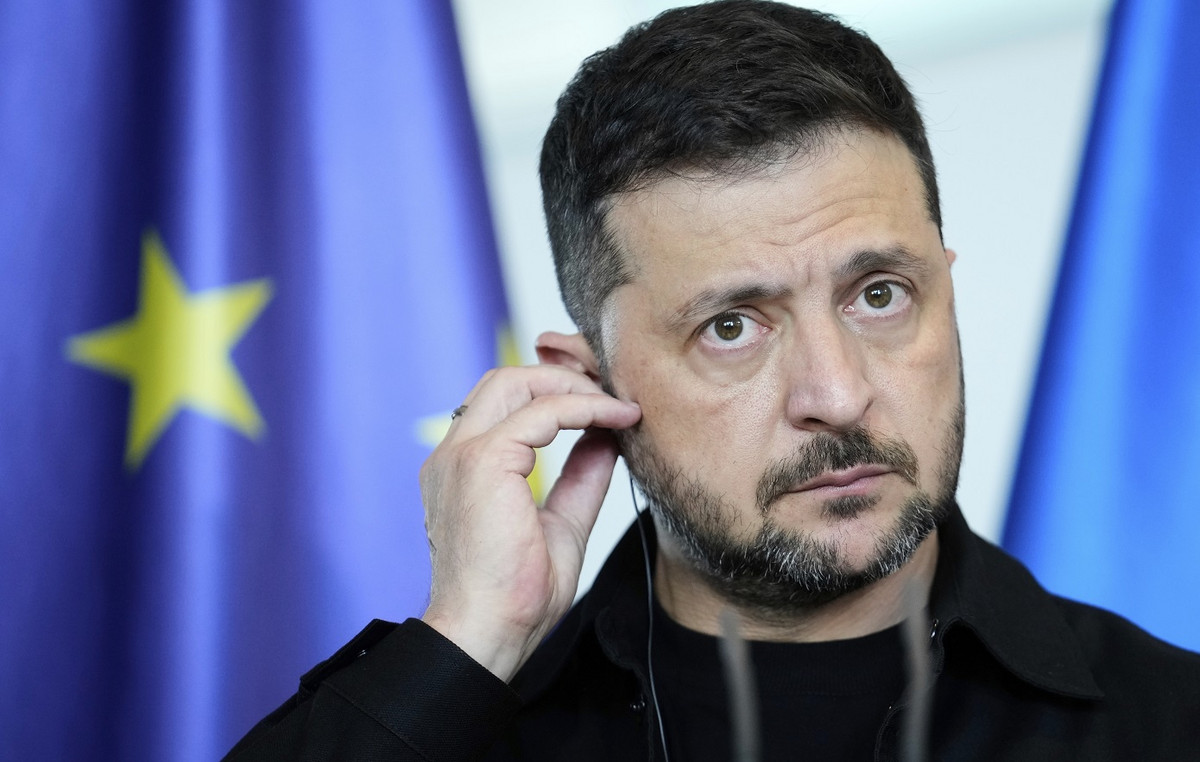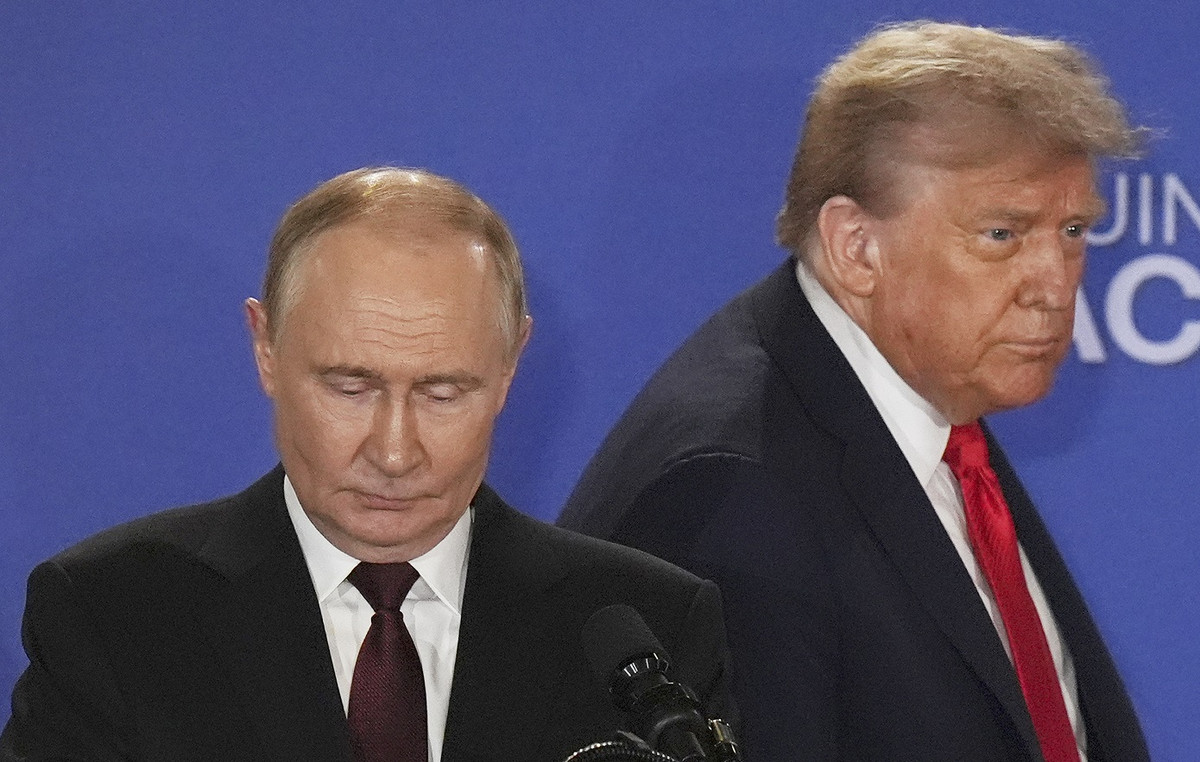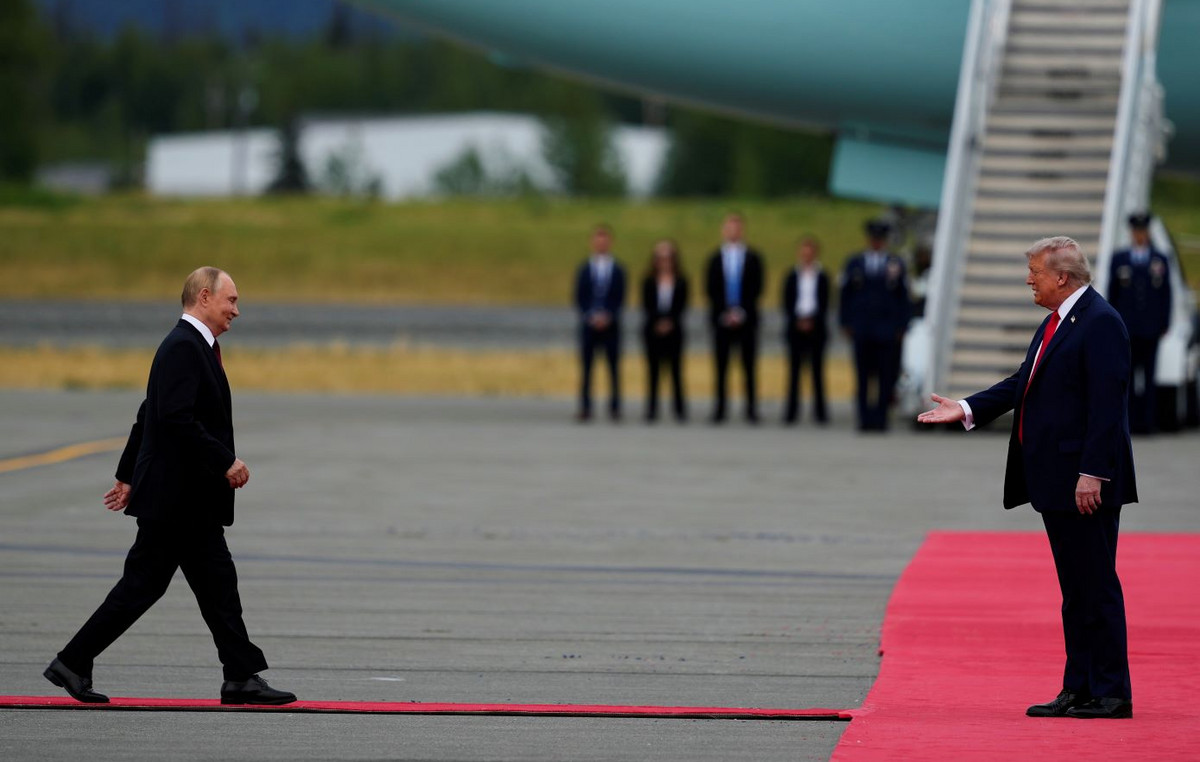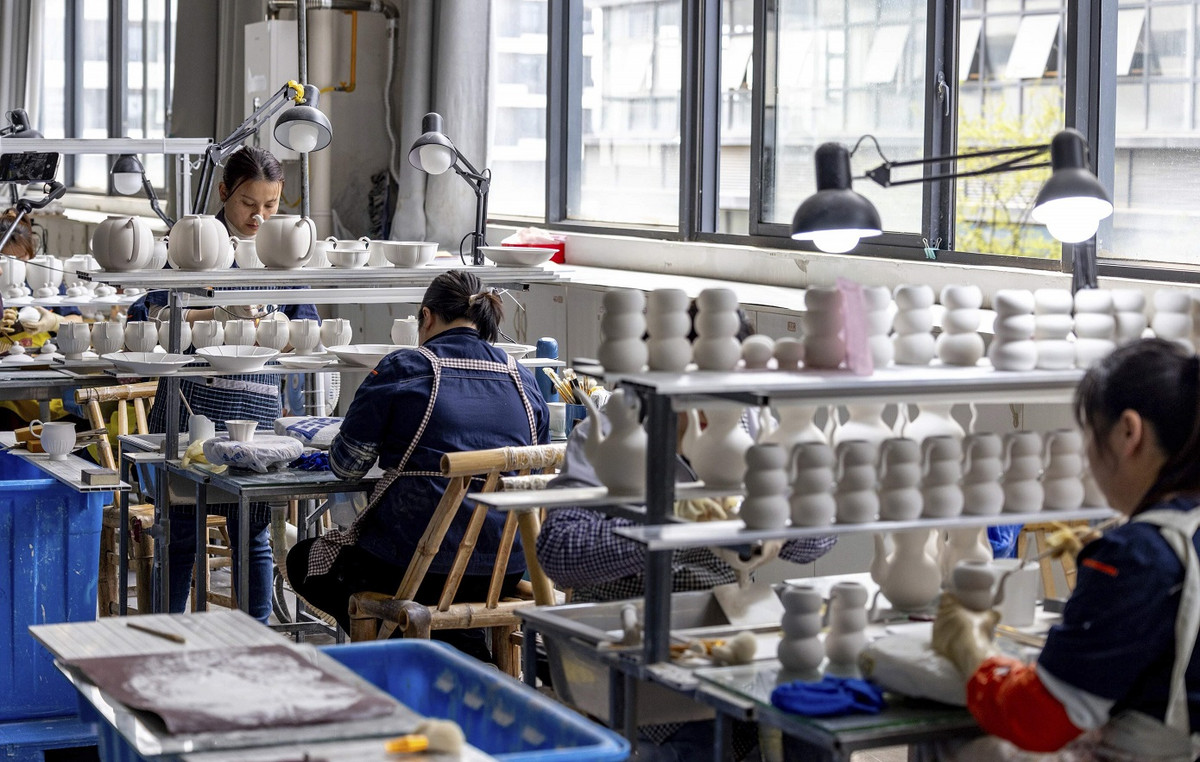- The EUR/USD weakens around 1,1705 in the Asian session on Wednesday.
- The US president Trump said he would impose a 50% tariff to the import of copper.
- Operators prepare for FOMC minutes that will be published later on Wednesday.
The EUR/USD pair falls about 1,1705 during Wednesday’s Asian negotiation hours. The euro (EUR) weakens against the dollar while the renewed tariff threats of US President Donald Trump disturb the markets. The operators expect the FOMC minutes, which will be published later on Wednesday.
Trump expanded his global trade war by threatening a 50% tariff on copper imports and pointed out that he could impose taxes on semiconductors and pharmaceutical products. Trump commented on Tuesday that commercial conversations have gone well with the European Union (EU) and China, although he added that he is just days of sending a letter of tariffs to the EU. Tariff uncertainty and fears of a commercial war could undermine the most risky assets such as the euro in the short term.
The investors will closely monitor the last minutes of the Federal Reserve (FED) meeting of the US, which will be published later on Wednesday. This report could offer some clues about possible reductions of interest rates in the middle of the waiting approach and see of the Fed.
The FED left the reference interest rate without changes last month, maintaining federal funds in the same range between 4.25% and 4.5% where it has been since December. The markets now expect cuts of rates of 50 basic points (PB) by the Fed by the end of this year, starting in October.
EURO – FREQUENT QUESTIONS
The euro is the currency of the 19 countries of the European Union that belong to the Eurozone. It is the second most negotiated currency in the world, behind the US dollar. In 2022, it represented 31 % of all foreign exchange transactions, with an average daily business volume of more than 2.2 billion dollars a day. The EUR/USD is the most negotiated currency pair in the world, with an estimate of 30 %of all transactions, followed by the EUR/JPY (4 %), the EUR/GBP (3 %) and the EUR/AU (2 %).
The European Central Bank (ECB), based in Frankfurt (Germany), is the Eurozone reserve bank. The ECB establishes interest rates and manages monetary policy. The main mandate of the ECB is to maintain price stability, which means controlling inflation or stimulating growth. Its main tool is the rise or decrease in interest rates. Relatively high interest rates (or the expectation of higher types) usually benefit the euro and vice versa. The GOVERNMENT BOOK of the ECB makes decisions about monetary policy in meetings that are held eight times a year. The decisions are made by the directors of the National Banks of the Eurozone and six permanent members, including the president of the ECB, Christine Lagarde.
Eurozone inflation data, measured by the harmonized consumer prices index (IPCA), are an important economic indicator for the euro. If inflation increases more than expected, especially if it exceeds 2% of the ECB, it forces the ECB to rise interest rates to control it again. Relatively high interest rates compared to their counterparts usually benefit the euro, since they make the region more attractive as a place for global investors to deposit their money.
Published data measure the health of the economy and can have an impact on the euro. Indicators such as GDP, manufacturing and services PMIs, employment and consumer trust surveys can influence the direction of the single currency. A strong economy is good for the euro. Not only attracts more foreign investment, but it can encourage the ECB to raise interest rates, which will directly strengthen the euro. Otherwise, if economic data is weak, the euro is likely to fall. The economic data of the four largest economies in the euro zone (Germany, France, Italy and Spain) are especially significant, since they represent 75% of the economy of the euro area.
Another important fact that is published on the euro is the commercial balance. This indicator measures the difference between what a country earns with its exports and what you spend on imports during a given period. If a country produces highly demanded export products, its currency will gain value simply by the additional demand created by foreign buyers seeking to buy those goods. Therefore, a positive net trade balance strengthens a currency and vice versa in the case of a negative balance
Source: Fx Street
I am Joshua Winder, a senior-level journalist and editor at World Stock Market. I specialize in covering news related to the stock market and economic trends. With more than 8 years of experience in this field, I have become an expert in financial reporting.







